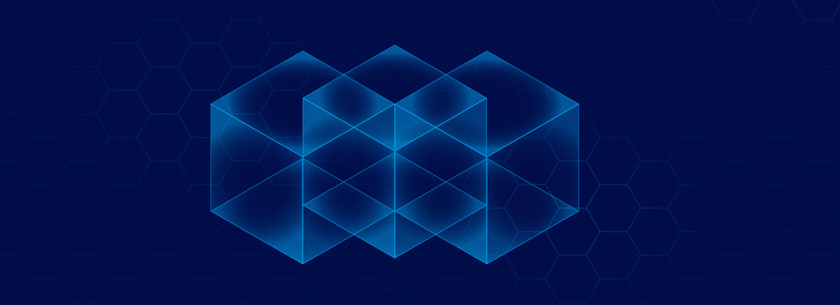
After the creation of the first cryptocurrency - Bitcoin - all the advantages of the new approach to finance became apparent pretty quickly. As, however, some of its shortcomings. That's why in 2013 Vitalik Buterin developed a new blockchain system - Ethereum. More precisely - published WhitePaper, which spelt out the basic rules of the new system and its principles. This time, in addition to the blockchain system, the main focus was on the so-called smart contracts - open-source automated applications. They allowed transactions to be sent quickly and automatically, as well as protecting information from censorship, fraud and the intervention of outsiders.
The Ethereum network allows everyone to develop their own smart contracts and implement them using the capabilities of a global decentralized network.
Successful implementation of the idea required the creation of a decentralized and Turing-complete Ethereum Virtual Machine. Or EVM. It is responsible for the implementation of scripts. To simplify, this is a rather complicated program that is stored on server nodes around the world. To write smart contracts, a new programming language was developed - Solidity.
But "open source" is good, but there is too much temptation to use it without giving anything in return. Therefore, its own cryptocurrency was created - Ethereum, which encourages users to run nodes on their machines, optimize scripts and facilitate the operation of the entire system.
In order to start any operation on the Ethereum network, you must pay. The amount of this payment - “Gas” - is set in the coins used on the network. In fact, this is a "measure of work." The more difficult the task - the more “gas” you need to spend on it. In addition, the Ethereum decentralized network offers its users all the advantages of this type of network - increased resistance to hacking, breakdowns and external influences.
Summarizing, the Ethereum system can be called an extremely successful “global computer” based on the principles of the blockchain, working on its own programming language and interacting between individual nodes through smart contracts.




